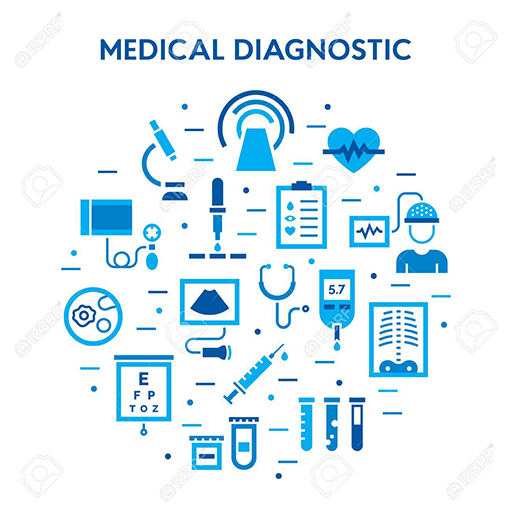Modern clinical diagnostic concepts about congenital brain defects
Abstract
Childhood disability remains the basis for the formation of disability in the adult population. Of all the causes of disability, more than half belongs to congenital and hereditary, 80%, in the structure of the disease there is a connection with perinatal pathology. According to scientific literature, 15 million children with congenital anomalies are born annually in the world. At the same time, it is obvious that the proportion of congenital malformations depends in direct proportion to the percentage of mortality, from asphyxia, infections and birth trauma, below the second, the defect increases. The number of congenital malformations incompatible with life, mostly depends on the defect of the brain (l). According to the WHO, of the causal factors, the main ones are the mother's disease, environmental factors, chromosomal mutations. In recent years, the frequency of morphological malformations in children, especially under one-year-old, has been increasing in the population. Thus, interest in congenital malformations of the brain remains relevant in the structure of disability in children. In combination with malformations of the brain, the severity of the condition is aggravated by cardiopulmonary insufficiency, developmental anomalies at birth (l). The average frequency of congenital malformations of the central nervous system is 2-3 per thousand born children. But these figures can be real, how to focus on the malformations of the brain at the birth of such children, falls on indirect signs, for example, the size of the skull (microcephaly, hydrocephalus), or another of the important points is the syndrome of oppression and excitement, convulsive activity (readiness) (l).
References
Sadriddinovn A. N., Taxirovna D. A., Suratovna I. S. Clinical and electromyographic prediction of facial nerve neuropathy in children // Journal of Neurology and Neurosurgical Research. – 2020. – Т. 3. – №. 1.
Salimovna S. D. et al. Endothelial dysfunction factor as an indicator of clinical and neurological disorders in pregnant women with preeclampsia // Achievements in science and education.– 2019. – №. 11 (52).
Suratovna S. I., Taxirovna A. D. Changes of psychomotor development in children with perinatal brain hypoxia // Journal of Neurology and Neurosurgical Research – 2020. – Т. 3. – №. 1.





